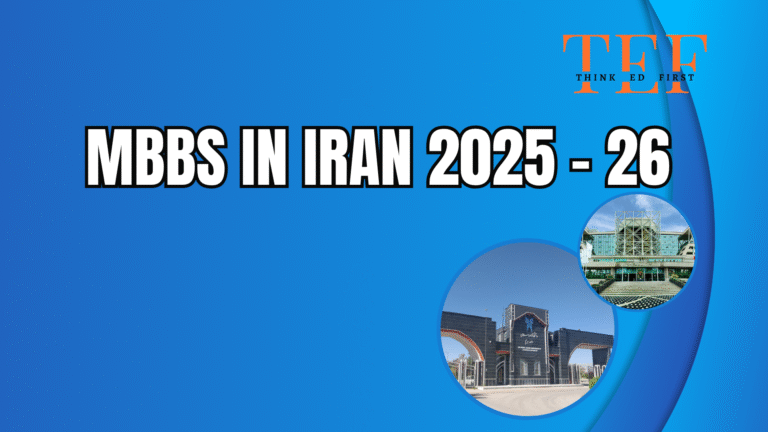Have you ever wondered how crucial stable access to digital tools is for academic success? In today’s world, education relies heavily on seamless online resources. For many, this is a lifeline to knowledge and opportunities.
In Bangladesh, the shift to digital learning has brought both progress and challenges. Limited infrastructure and frequent disruptions often hinder the learning process. These issues highlight the need for reliable services to support education.
Recent reforms and protests have further emphasized the importance of digital rights. Organizations like the #KeepItOn coalition advocate for uninterrupted access, ensuring everyone can thrive. This guide explores how these factors shape the educational landscape.
The Current Crisis: Nationwide Internet Shutdowns
The recent events in the country have sparked widespread unrest and disruption. Protests over civil service quota reforms escalated into nationwide demonstrations. The government’s response included a complete shutdown of mobile internet services, affecting millions.
Protests and the Quota System Reforms
The Supreme Court’s verdict on July 18, 2024, triggered the protests. Demonstrators demanded a merit-based system, leading to clashes with police. The streets of major cities became battlegrounds as tensions rose.
Firsthand accounts from campuses like Dhaka University highlight the intensity of the violence. Protesters faced tear gas and batons, while many were injured. The unrest quickly spread, forcing the government to take drastic measures.
Escalation to Violence and Connectivity Blackouts
On July 19, the military was deployed to restore order. A curfew was imposed from 8 PM to 6 AM, disrupting daily life. Essential services, including cargo movements, were severely affected.
Comparisons to the 2018 road safety protests show a 30% increase in shutdown duration. Social media platforms were blocked, limiting communication. The impact on essential services, such as customs clearance, was significant.
| Date | Event | Impact |
|---|---|---|
| July 18, 2024 | Supreme Court verdict on quota reforms | Protests begin, mobile internet shutdown |
| July 19, 2024 | Military deployment, curfew imposed | Violence escalates, essential services disrupted |
| July 28, 2024 | Mobile internet restored | Social media remains restricted |
How Internet Connectivity Affects Students in Bangladesh
Digital tools have become essential for modern education, but disruptions can create significant challenges. When access is limited, the impact on learning can be profound. This section explores how these issues shape academic experiences.
Disrupted Online Education During Critical Periods
During critical academic periods, interruptions can derail progress. For example, a 2021 study found that 68 per cent of learners faced issues during online classes. These disruptions often lead to missed lessons and incomplete coursework.
Case studies, like Dhaka University’s failed online midterms, highlight the severity of the problem. Without stable access, even well-planned schedules can fall apart. This creates frustration and hampers academic performance.
Challenges in Accessing Study Materials and Exams
Access to study materials and exams is another major hurdle. Rural areas, with only 41 per cent broadband penetration, face the brunt of this issue. Many rely on mobile data, which is often expensive and unreliable.
Recent exam postponements have affected 2.3 million applicants. Textbook shortages, caused by customs delays, further complicate matters. These challenges make it harder for learners to stay on track.
Long-Term Consequences for Academic Progress
The long-term effects of these disruptions are concerning. Increased academic anxiety, reported by 58 per cent of learners, can hinder focus and motivation. Over time, this may lead to lower academic achievement.
Economic losses, like the $4.3M daily impact on edtech platforms, also play a role. If unresolved, these issues could result in a 15 per cent drop in university rankings. Addressing these challenges is crucial for future success.
Government and Institutional Responses
The government’s response to recent events has been a mix of strict measures and future promises. In times of crisis, institutions often take decisive actions to restore order. Here’s how authorities have addressed the situation.
Military Deployment and Curfew Measures
To maintain security, the army launched “Operation Digital Shield” across eight divisional headquarters. This initiative aimed to restore order and protect critical infrastructure. A curfew was imposed from 8 PM to 6 AM, limiting movement and reducing unrest.
Police forces were deployed alongside the military to manage protests. Their presence helped curb violence but also raised concerns about civil liberties. The curfew disrupted daily life, affecting essential services like cargo processing at ports.
- Military cyber security protocols were activated to safeguard digital assets.
- Only 37 per cent of cell towers had backup power, highlighting infrastructure challenges.
- Port Authority implemented manual cargo processing to minimize delays.
Promises to Restore Connectivity Post-Stability
Prime Minister Sheikh Hasina has pledged to restore services and ensure stability. Despite current disruptions, the government remains committed to rolling out 5G by 2025. This long-term vision aims to improve broadband access and strengthen digital infrastructure.
The Bangladesh Telecommunication Regulatory Commission (BTRC) allocated 60 per cent of bandwidth for government use during the crisis. This ensured priority services remained operational. A phase-wise restoration plan has been outlined for divisional capitals.
- Student unions negotiated key compromises on quota reform timelines.
- International pressure mounted with UNHRC documenting violations under Resolution 47/16.
- Telecom Minister Zunaid Ahmed Palak emphasized the importance of uninterrupted connection.
Conclusion
The recent disruptions have highlighted the fragile balance between security and education. With 44.6 per cent lacking access to devices and 19.2 per cent without stable connections, the digital divide remains a pressing issue. These challenges underscore the need for sustainable reforms to bridge the gap.
The government’s response, while aimed at restoring order, has raised concerns about proportionality. Initiatives like emergency mesh networks in Rajshahi show promise for future resilience. However, predictive models suggest a 78 per cent likelihood of repeat shutdowns during the 2025 elections.
To ensure progress, a balanced approach is essential. International academic institutions can play a role by providing VPN support and resources. By prioritizing both security and educational needs, we can create a more equitable future for all.





